Beginner Piano Basics: Posture
Really into playing piano? Wish you could get started nice and easy? Good news, because here are 4 Piano Beginner Basics you can use to get started in no time!
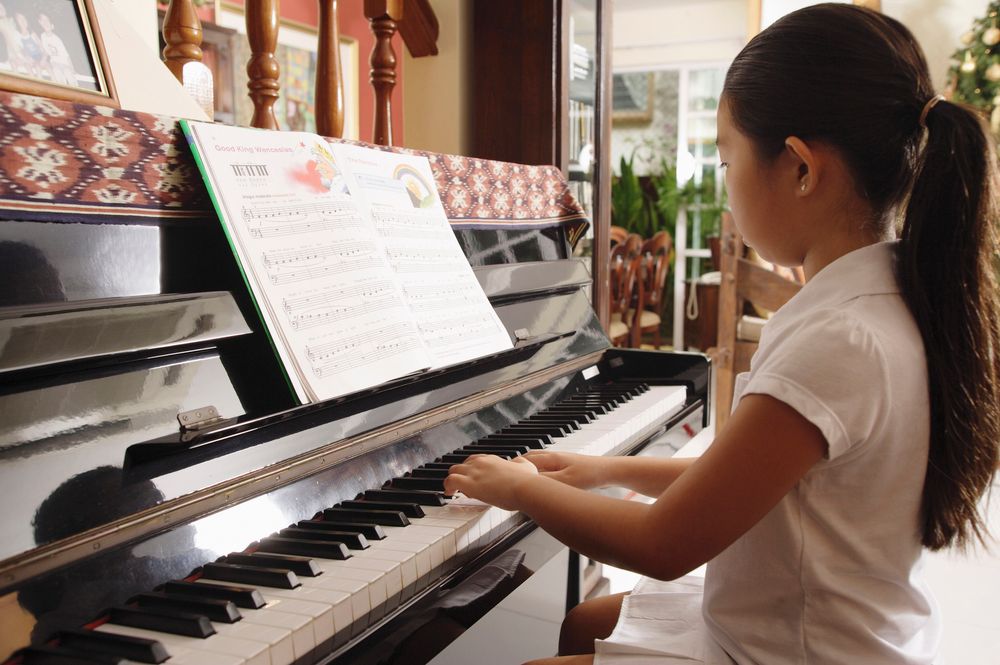
Really into playing piano? Wish you could get started nice and easy? Good news, because here are 4 Piano Beginner Basics you can use to get started in no time!
Sitting Posture
Like any art, sport or activity, it’s good to start with the basics. Playing the piano is not hard if you get your principles right. Starting the right way also saves you time later, and you may avoid getting bad habits. 90% of amateurs get this wrong, and then wonder why they find it hard to play!
Piano students in Cambodia should also observe these simple techniques and, since Cambodia is relatively new to piano practice, it’s important Khmer students get it right!
Think of playing tennis or swimming where technique is everything; the best sportspeople in the world - like Roger Federer and Michael Phelps - look natural and effortless. This is due to their positioning and posture being spot on.
Your posture is one of the most important aspects to observe. Have you seen professionals on Youtube? They look natural, and it’s because they have their posture sorted out.
Check this; Russian Pianist Arcadi Volodos performing Wedding March Variation >>
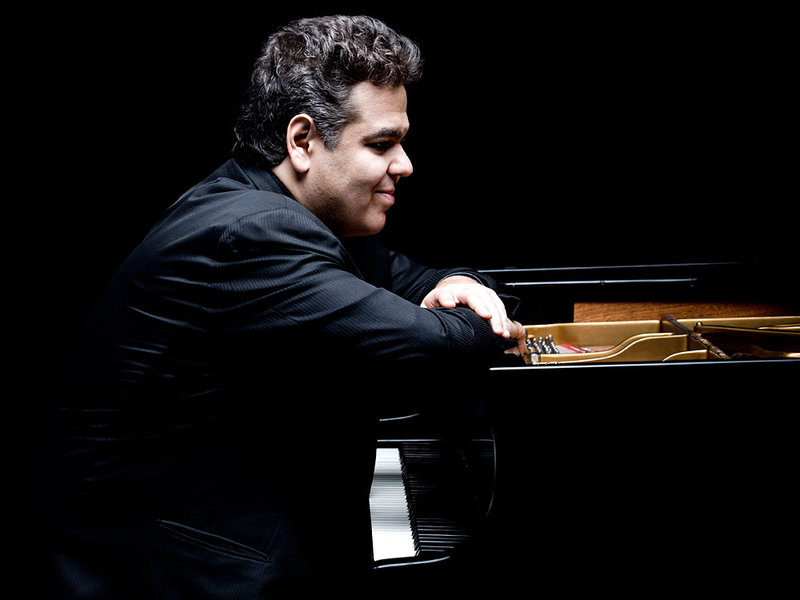
1. Ensure you SIT ON THE TIP of your seat or piano bench.
You need to create a 3-point-stance whilst playing, namely these are your Feet, Your Buttock, and your Fingers. These are the principal points of tension, and will provide support and freedom of movement. Sitting all the way on the back of the stool is not good as it removes point of tension from your feet, hence restricting sideways movement, power to the fingers, and agility.
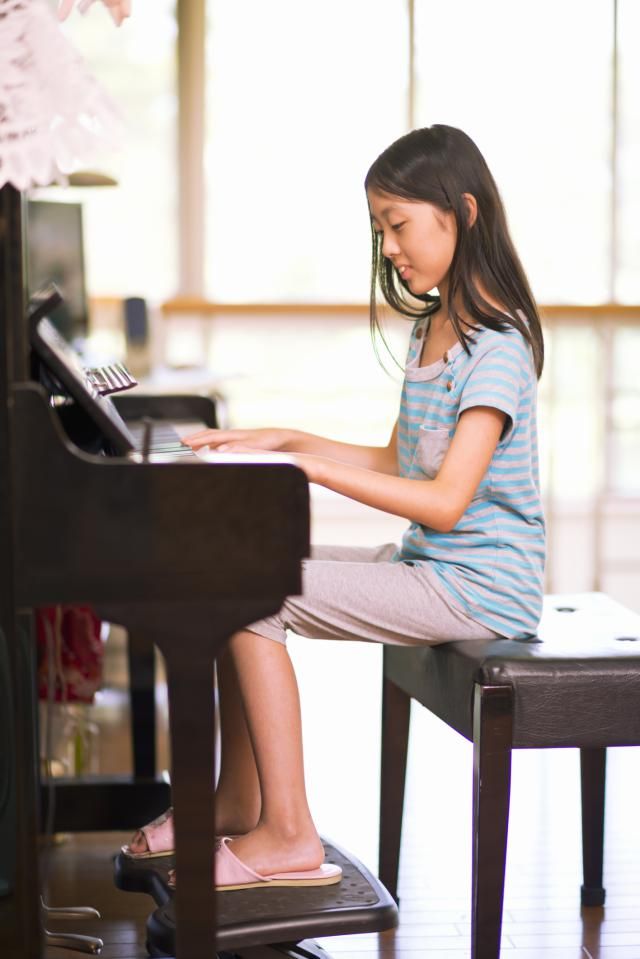
2. Ensure the soles of your feet are ON THE FLOOR, don’t cross your legs/ackles
You will need to get used to using pedals - an already complex art to learn. Get your body used to keeping your feet in front of the pedals.
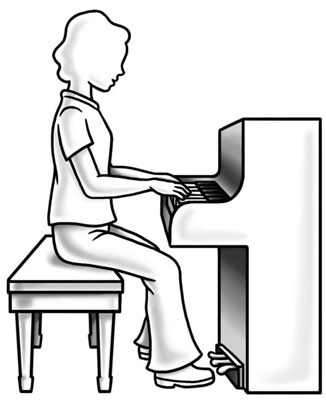
Keep a straight back at all times, don’t arch or slant to one side
Your piano stool should be at the correct high, so that your elbows form a 90+ degree angle
3. Seating Height is very important.
Ensure that your elbows form a 90 degree angle, or wider. If you form a smaller angle (sitting too low), you won’t have any leverage and you risk injuring your tendons leading to tendonitis. This can be very painful and stop your practice in its tracks. Sitting too low also looks quite unprofessional to even the average audience.
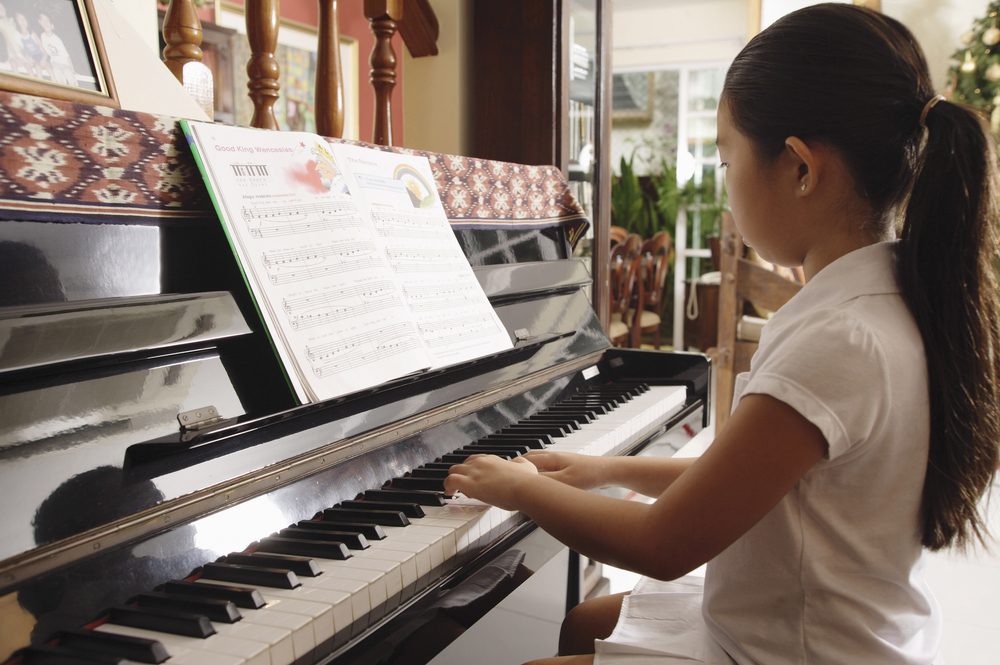
4. Breathe Normally and Relax Your Muscles
When you have achieved the first two points above, there is another important aspect.
Breathing and muscle relaxation is key to connecting your 3-point-stance successfully. Relax your cheeks, your neck muscles, and your shoulders. All the power you need is in the tip of your fingers.
*These steps are a good start to get you on your way to a successful start in your piano practice! Thinking of taking lessons, register online at Cambodia's number one Music School > https://www.soundskool.asia/music-school-cambodia/

